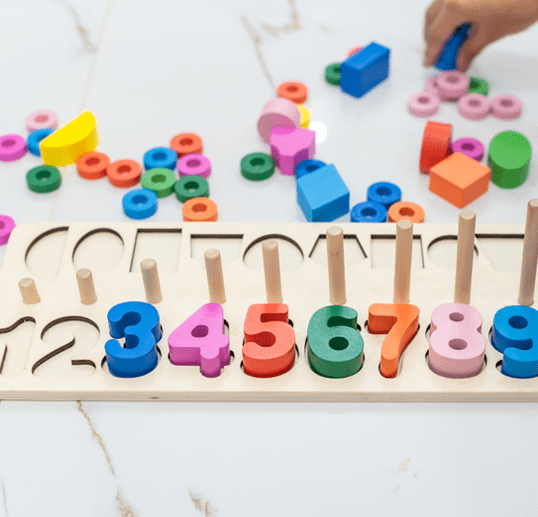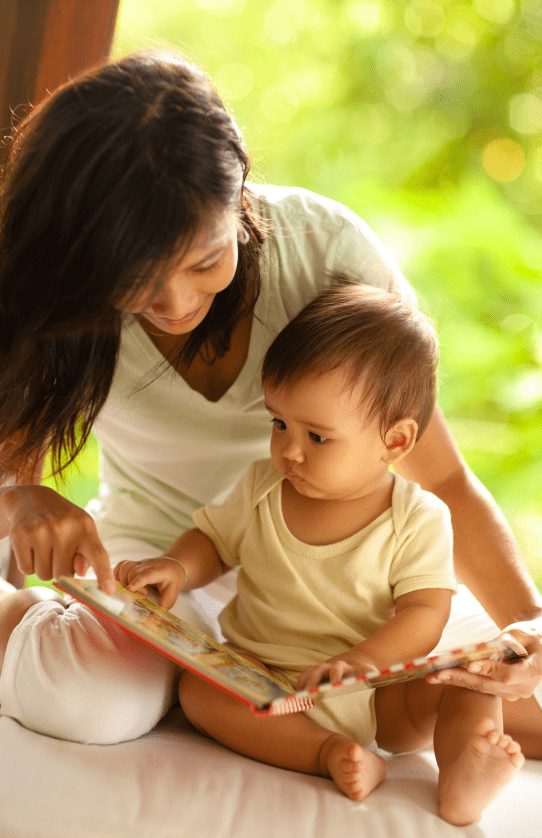Children will grow up as citizens of the world. It is therefore essential to familiarize them with english from an early age.
CREATIVITY
Bilingual education leads to the development of children’s creativity.


CONCENTRATION
Bilingual education promotes
the development of concentration.
According to the Montessori method, the period between 0 and 6 years of age is the ideal time for a child to learn languages. This period is associated with the notion of the “absorbing mind”, which refers to the unconscious capacity of the child from 0 to 3 years old to absorb quantities of information from his environment, so that the child draws from the absorbing mind its power of adaptation. Exposed to English-speaking staff on a daily basis, children will eventually find it much easier to master the language.
It also helps them grow by developing their open-mindedness and acceptance of differences : bilingualism promotes communication with others.
Learning two languages could improve intellectual performance from an early age.
We know that bilingualism is generally a stimulant for the brain of children. A new study has just shown that the benefits of learning two languages from the cradle are apparent very early. A team of researchers in Singapore has just demonstrated that, from the age of six months, bilingual babies have different cognitive abilities than monolingual babies. The city-state of Singapore, where the official languages are English, Malay, Mandarin and Tamil, strongly encourages bilingualism and has, among its 5 million inhabitants, a large pool of subjects for study.
To achieve this result, the researchers subjected six-month-old babies to repeated tests of viewing photos for a few minutes. Some were colored bear heads, others were colored wolf heads. Two groups of babies were formed. For the first group, the bear was the main image while the wolf was more rare. And the opposite in the second group. The result was that the bilingual babies recognized the main images faster (because they turned away from them more quickly) than the monolinguals. And they paid more attention to rarer images. This, according to several previous studies, is a good indicator of better preschool predispositions such as ease of concept grasping, nonverbal cognition, IQ tests and, of course, languages.”
From Figaro Santé September 11, 2014





